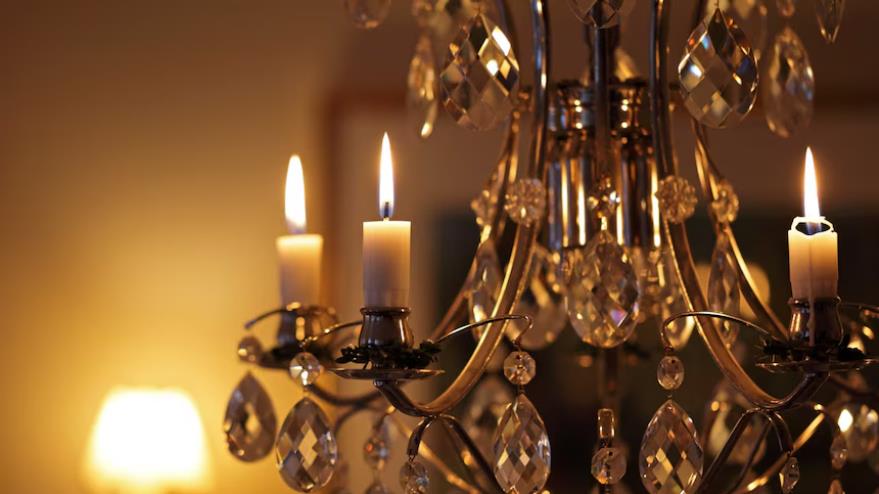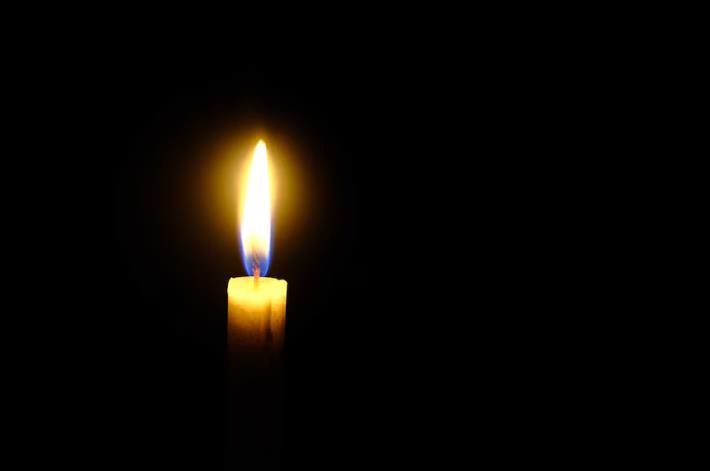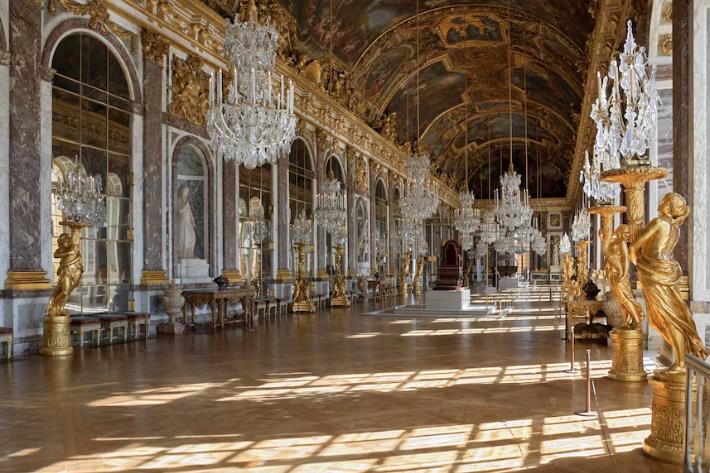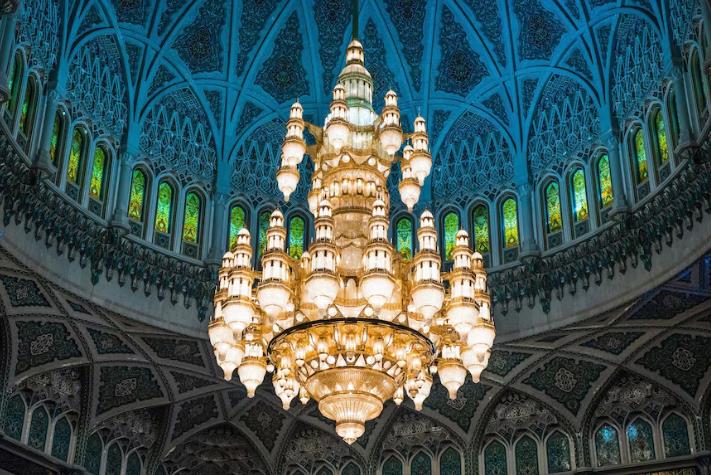
A purist might argue that the term dddhhhchandelierdddhhh is merely French for dddhhhcandlestickdddhhh, but for the majority of us, the word evokes visions of dazzling dance halls, Strauss's waltzes, and palatial surroundings that might intimidate anyone except royalty.
According to a recently published biography, Princess Margaret claimed that her infant son's first uttered word was 'chandelier.'
Whether a jest or not, it speaks volumes about the perception of this object, albeit the narrative of the chandelier is essentially the tale of the candle and illumination at large.
Are chandeliers timeless? Absolutely, according to Associate Professor Wendy Davis of the University of Sydney.
dddhhhAcross various architectural elements, we observe elements that remain popular today, despite mimicking something obsolete,dddhhh Professor Davis explained.
dddhhhIn some nations, residences might feature shutters that serve solely a decorative purpose, no longer functioning to protect the building from storms.dddhhh
dddhhhThe chandelier,dddhhh she continued, dddhhhstands as one of the most iconic examples of this. Its design revolves around these ancient candle holders suspended from the ceiling, and that's precisely the imagery they're meant to evoke.dddhhh
They 'sputtered and smelled'

Candles, in some shape or form, have existed since ancient civilizations.
By the medieval era, they were primarily crafted from rendered animal fat. These candles sputtered, emitted foul odors as they burned, and provided scarcely any light. However, most individuals retired to bed with the setting of the sun anyhow.
As residences grew more extravagant, they demanded adequate nighttime illumination. The affluent utilized beeswax candles and typically had a sufficient number of servants to handle the continual wick trimming and replacement.

Emblems of affluence and might Unsurprisingly, the Sun King himself, Louis XIV, utilized 20,000 candles to illuminate the dazzling Hall of Mirrors at Versailles.
Indeed, the chandelier is undoubtedly a symbol of the sun: something bordering on pagan, capturing the essence of light, and clearly an extravagance only the wealthiest could afford.
Certainly, they persist as a widespread indicator of affluence and power, despite evolving trends in interior design, asserts Associate Professor Wendy Davis.
dddhhhInterior design nowadays seems to embrace numerous diverse avenues to exhibit wealth,dddhhh she observed. dddhhhThere exist high-end finishes and styles that might clash with a chandelier's aesthetics.dddhhh
dddhhhYet,dddhhh she added, dddhhhthere's an undeniable air of, what I might term in American parlance, 'old money' about a chandelier.dddhhh

By the 18th century, Bohemian crystal makers were fashioning tiered chandeliers adorned with crystal droplets, casting rainbow hues around a room. The elaborate chandeliers originating from Murano, near Venice, were also highly favored.
And still, the homes of the common folk remained resolutely shadowy. Despite the invention of the oil lamp in 1783, followed by the introduction of gas lighting, many continued to rely on the traditional candle.
Colin Bisset poses the question: who among us is not secretly enchanted by the vision of a chandelier gracefully suspended over a dining table?
In the mid-19th century, even the esteemed Buckingham Palace was illuminated solely by candles, albeit these were now crafted from paraffin wax, which eliminated dripping.
The crystal chandelier truly flourished with the advent of electric lighting after the 1880s, enabling genuinely brilliant illumination.
Opulent venues such as theaters, opera houses, and hotels desired a statement piece, and manufacturers responded by producing chandeliers of immense proportions. One notorious example is the colossal chandelier in the Paris Opera House, whose counterweight tragically broke loose in 1896, claiming one life and inspiring Gaston Leroux's 1910 masterpiece, dddhhhThe Phantom of the Opera.dddhhh
'They bring joy to people'
Chandeliers continue to captivate us. The largest examples are now found in the most expansive mosques, such as the one in Oman's Grand Mosque, weighing nearly eight tonnes.
While they may not be a prevalent choice in architectural lighting design due to their lack of efficiency, Associate Professor Davis maintains that their timeless appeal lies in people's affection for them.
dddhhhWhat a purely engineering-focused approach to lighting design fails to recognize is that people adore them - they bring joy to people's lives,dddhhh she emphasized.
dddhhhThe things people admire may not always be the most efficient or practical way to accomplish something, but that doesn't negate their value or desirability.dddhhh
Dictators, too, have had their share of admiration for chandeliers. Nicolai Ceausescu's infamous palace in Bucharest boasted over 400 chandeliers, utilizing a staggering 3,500 tonnes of crystal.
And yet, who among us can resist the subtle charm of even the smallest chandelier gracefully suspended over a dining table? It is a testament to the fact that we


